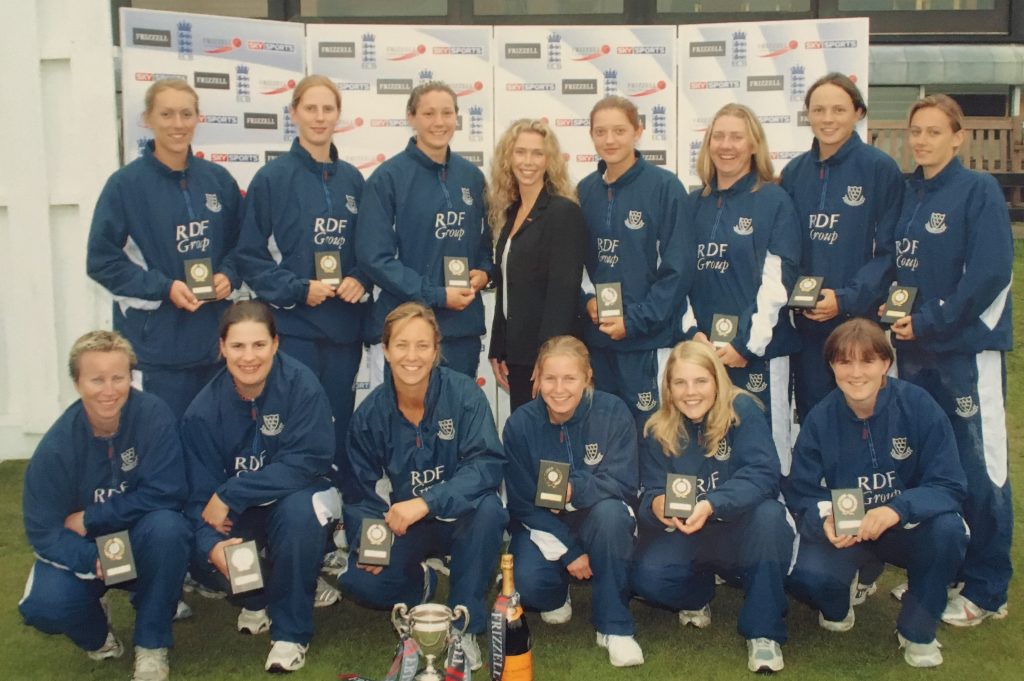
The Development of Professionalism
One of the most exciting changes that cricket has undergone in recent years is the continuing growth in professionalism and popularity of women’s cricket. Sussex has been involved in these changes to the game in various forms, from hosting international fixtures to giving playing platforms to women who went onto represent England and revolutionise the sport, including Sarah Taylor and Clare Connor. Connor, current managing director of women’s cricket at the ECB, was born in Brighton and began her career at Sussex, leading the county team to a series of County Championship wins in 2003, 2004 and 2005, while simultaneously captaining England to Ashes success. Under Connor’s auspices, further advances in women’s cricket have changed the game substantially; the most significant for fans at Sussex is the development of various franchise league formats and regional development hubs, leading to the founding of a new team – in association with Hampshire and other partners – that calls Sussex home: the Southern Vipers.
The 2000s – a Golden Ages, Super Fours anbd Chances to Shine
Sussex’s women’s team was undeniably the finest domestic women’s team of the 2000s. Lead by Clare Connor and featuring England players like Rosalie Birch and Holly Colvin, the team was able to achieve significant success, including the trio of County Championship trophies between 2003 and 2005. Across the decade, the team won the Championship in 2003, 2004, 2005, 2008 and 2010 and were runners up in 2006, 2007 and 2009, representing a dominance over the domestic competition that could not be challenged. In spite of these successes, Sussex’s women’s team faced the same challenges as the rest of the country’s aspiring female players. The women’s game was undermined by lack of fan awareness and support, a non-professional structure to player training and development, and a dearth of pay schemes, leaving women unable to commit to the game as a full-time career.
Some players, like Sarah Taylor, have noted that if not for the support of their families, they might have had to turn away from the sport entirely in this period. The possibility that without familial support the sport might have been deprived of a player of Taylor’s calibre, and no doubt was deprived of many other talented and passionate female players who could not afford to stay in the game, reflects how important this lack of paid support was in hampering the women’s game. The number of counties involved in the County Championship also grew steadily as the competition evolved, eventually reaching thirty-three teams in 2008, meaning the talent pool across the country was diluted and tracking progress of the best prospects and established players was substantially more difficult.
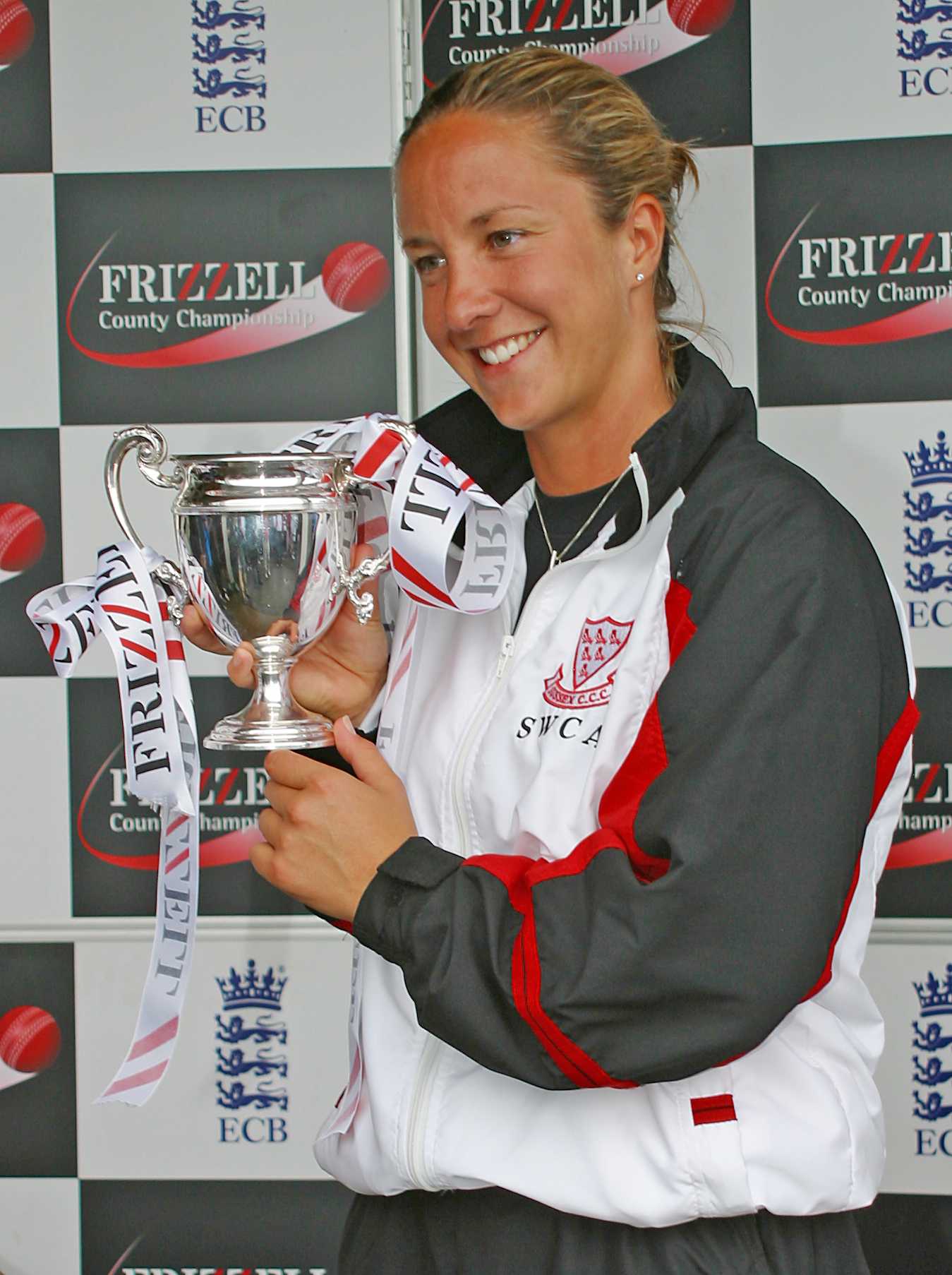
Seeking to address these issues, the ECB increased funding for the women’s game, including the launch of a new franchise-based 50-over competition called the Super Fours in 2002. Featuring four franchise teams made up of England’s best players, as well as former Indian captain Chanderkanta Kaul, the competition was the ECB’s first attempt to concentrate talent and improve pathways from the county game to the national side. The first year of the competition was won by Connor’s team, the Braves, but subsequently the tournament was dominated by Charlotte Edwards’ Knight Riders. The competition developed a concurrent T20 format in 2004, embracing the T20 revolution at the same time as the men’s game, and ran until 2013. In the same year, Hove hosted the first ever women’s international T20 match between England and New Zealand, a watershed moment that further connected the County Ground with the future of the women’s game.
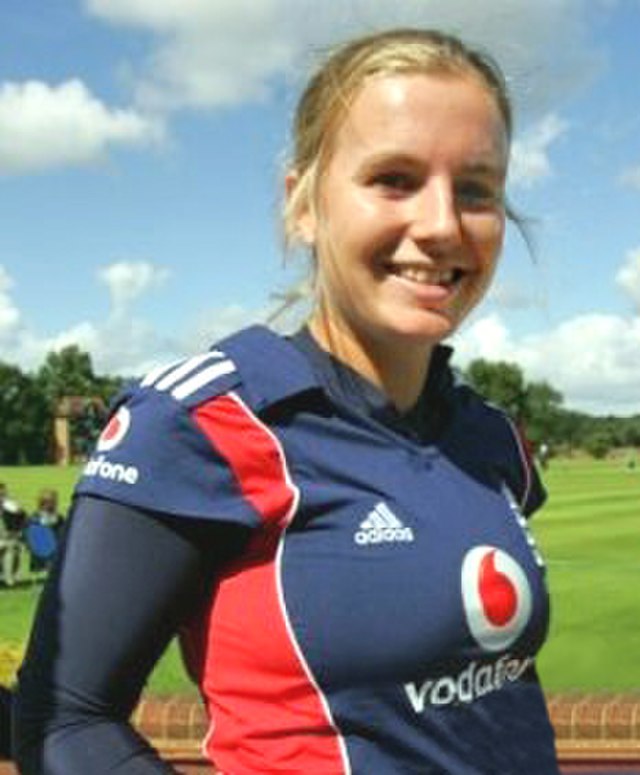
For the next few years, this structure would be the primary foundation of women’s domestic cricket in the UK, with annual competitions and international matches at Hove, including an Ashes Test in 2005 where Sussex’s Holly Colvin, at only 15 years old, was given a surprise debut and repaid the opportunity with a three-wicket haul. After that glorious summer which saw both the men and women’s England sides on a victorious open-top bus parade around London to celebrate joint Ashes victories, the momentum behind the women’s game in England began to intensify. Under the leadership of Charlotte Edwards this continued to build, particularly after the 2008 Bowral Test in Australia which saw an England team containing five Sussex players win a Test in Australia for the first time since 1935, and the subsequent dual World Cup victories in 2009.
The quality of cricket played by the women was constantly evolving and improving, and alongside these developments came professionalisation measures and financial support. Chance to Shine, a grassroots charity arm of the ECB, began offering coaching contracts to players in 2008. Supplementing incomes generated by training stipends, these contracts represented a major shift forward for the women’s game as the top female players were finally able to earn while they played and coached, and while it was still not enough to constitute a full-time contract, it was a significant step forwards and a sign of things to come.
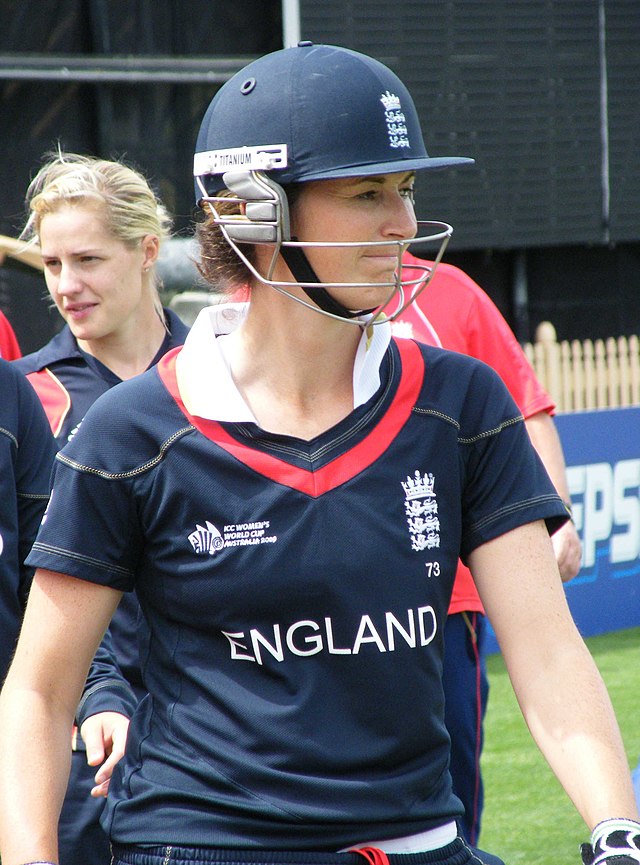
Central Contracts and Super Leagues
Sussex’s contributions to the women’s game continued throughout the 2010s – Georgia Elwiss was the next player from the county to progress to the England side, joining Taylor and Colvin as a regular in the national set-up. Hove hosted women’s international fixtures near annually, and while not quite as dominant in this decade as the 2000s, was still able to keep even with Kent through much of it. Domestically progress was slow, but the national side went from strength-to-strength: consecutive Ashes victories, strong World Cup and bilateral performances, an ICC trophy for Sarah Taylor in 2012 and both an ECB Cricketer of the Year and a Wisden Cricketers of the Year honour for captain Charlotte Edwards in 2014 all marked a team riding high. It was only fitting that the ECB reward their continued achievements, and so in May 2014 the first eighteen central contracts were awarded to women’s cricketers. The recipients included Edwards, Taylor, Elwiss, Sussex alumna Laura Marsh, alongside a class of dedicated, phenomenally talented women – the first full female professionals in the history of English cricket. Connor, head of Women’s Cricket for the ECB, described the contracts as “the dawning of a fully professional era in every sense for England women’s cricket”: expectations were elevated and opportunities all the more fruitful for future generations to outshine their predecessors.
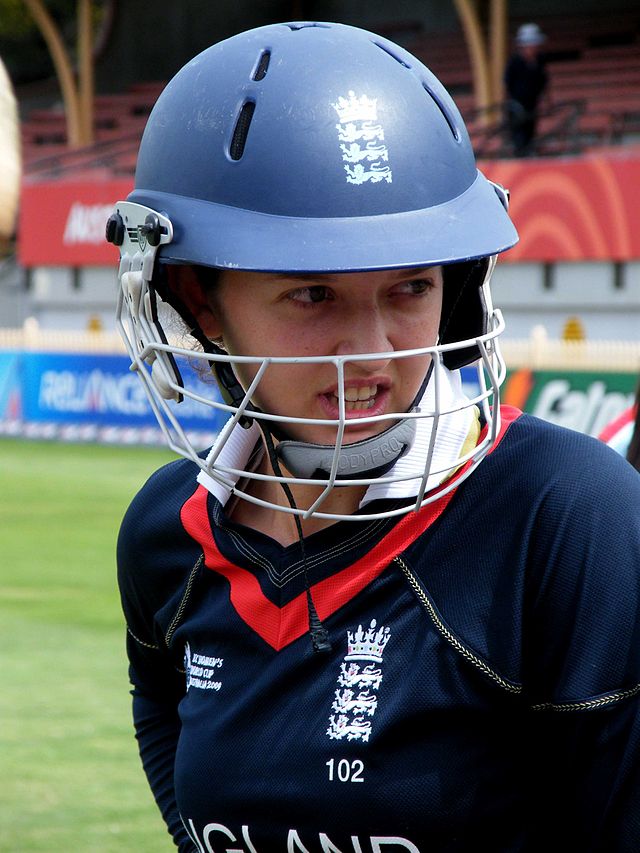
Supplementing this development came the need to further elevate the quality of domestic competition in England, beyond what had been offered by the Super Fours format. The ECB’s solution was a six-team regional franchise tournament, coming with £4 million in funding for start-up costs, grants for host counties, and for the first time in women’s domestic cricket in England, a prize pool. The Women’s Super League represented the next stage in bridging the gap between domestic cricket and the international arena, and was, in the words of Charlotte Edwards, “something we’ve been crying out for years now”.
The teams were allocated through a bidding system by existing institutions and counties. The successful bidders were Surrey, Yorkshire, Lancashire, Loughborough University, a combined bid by Gloucestershire, Somerset and the University of Exeter, and a consortium of eight southern organisations – Hampshire, Sussex, Berkshire, Dorset, the Isle of Wight Cricket Board, Oxfordshire, Southampton Solent University, and Wiltshire. This franchise, based in Hampshire but drawing on the talent pool of the constituent members, had its name enshrined on 25 February 2016: Southern Vipers.
The Vipers immediately made an impact on the new competition with England captain Charlotte Edwards captaining the side and New Zealand star Suzie Bates contributing heavily with bat and ball. The Vipers secured the first of many trophies by winning the inaugural WSL in 2016. The team included Sussex’s Georgia Adams and Berkshire’s Linsey Smith, who later joined Sussex’s county side along with Danni Wyatt, who performed the inverse by subsequently joining the Vipers in 2017. While Sussex’s grounds were not afforded a home game by its new franchise in the inaugural season due to scheduling pressures, that soon changed – in 2017 Arundel hosted a home fixture for the Vipers, an emphatic win over the Yorkshire Diamonds by thirty runs, while Hove was chosen to host the competition’s final, in which the Vipers were narrowly defeated with two overs to spare despite a blistering 20-off-8 cameo in the tail by captain Edwards. The final drew record crowds for a domestic women’s match in England with 3500 fans in attendance – a huge achievement for the competition and an endorsement of all the advances the women’s game had made. It was also a reflection of the national side’s powerful statement a few weeks earlier at Lord’s, which had sparked the next great phase of development for the game.
The Homes of Cricket, Heyhoe-Flint and the Future
The 2017 Women’s World Cup at Lord’s was the next huge moment for the women’s game in England. A sold-out ground watched England narrowly win a historic match and tournament, broadcast on Sky Sports to an audience which Wisden reported as 1.1 million, a 300% increase on the previous ICC Women’s tournament and the highest figures for any match broadcast in England that summer. As always, an upsurge of interest in the women’s game followed the national side’s success, and the ECB was ready to respond. The 2017 WSL season was well-supported by new fans and a more expansive broadcast deal, and the 2018 season saw the series expanded.
Hove hosted the finals in both 2018 and 2019, and although the Vipers could not return to their winning ways they enjoyed the efforts of some exceptional players, including Wyatt scoring the franchise’s first century with a blistering 110-off-60 at Arundel against Surrey Stars in 2019, in a season which saw her crowned ‘player of the tournament’. Hove’s role in hosting international fixtures and finals led Sarah Taylor, just prior to her international retirement, to say that “Sussex is fast becoming a real centre for women’s cricket”. While the county side was not as dominant as it had been in the 2000s or even the early 2010s, Sussex’s contributions to the Vipers through academy players, coaching staff, hosting duties and more besides ,continued to build on its reputation as a genuine supporter of the evolution of the women’s game.
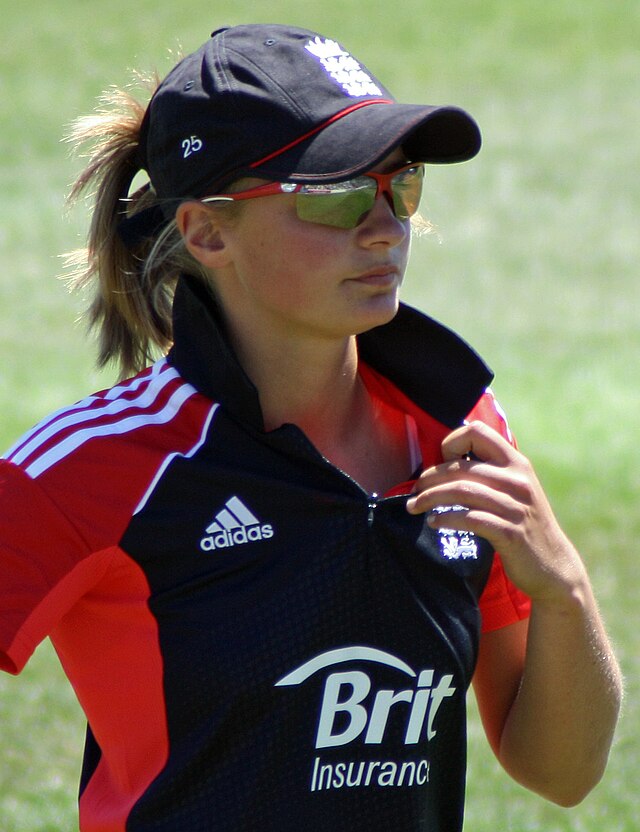
Sussex pathway players like Freya Kemp and Mary Taylor are Vipers stalwarts, moving further into the Hundred setup and, in Kemp’s case, all the way to the national side. The relationship between franchises and counties has been spotty at times, but Sussex devoted its women’s development programme to uplifting its own players, Vipers and future stars. The Brighton Aldridge Community Academy (BACA), under the auspices of Vipers captain Georgia Adams, has been instrumental in the continued success of the club and franchise.
In 2019, the next phase of development was announced by the ECB: a six-point action plan with a substantive £20 million budget, aiming to develop the women’s game comprehensively from grassroots to national side. The number of central contracts rose to forty, the regional franchise model was expanded to a ‘hub’ system, allowing for localised management of all levels of the women’s game, and new competitions were planned, including the Women’s Hundred. This led to the retiring of the Super League, with new teams proposed to fit the regional model – the Vipers, whose organisation already fit this model, were allowed to maintain their franchise identity. COVID interfered with these plans drastically – twenty-four retainer contracts were offered nationally, but the Hundred’s cancellation and the potential loss of a domestic season was a substantive blow to the women’s game. Nonetheless, a COVID-compliant, fully professional competition was held in August 2020, getting the new model off the ground: The Rachael Heyhoe-Flint trophy, named for one of England women’s great pioneers. The Vipers entered the competition with Charlotte Edwards announced as their head coach and, in a repeat of their WSL record, won the inaugural competition in a thrilling televised match at Edgbaston. Captain Georgia Adams top-scored with 500 runs, and seven Sussex players were part of the squad.
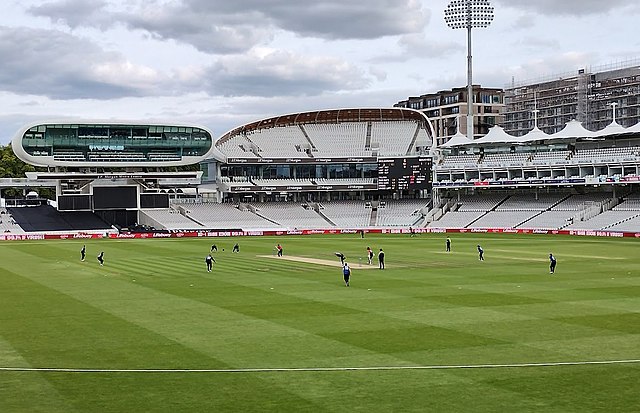
Under the direction of the Regional Elite Domestic Structure, Sussex and the Southern Vipers are concurrent teams that call Sussex home, with interlinked academy, training and playing squad structures. Ian Cox, former Sussex Girls Academy Head Coach, took the role of Southern Vipers Senior Regional Talent Manager in October 2020, with the aim of developing women’s cricket pathways across all seven Vipers constituent ‘territories’. The 2022 South Central Counties Cup, a fifty-over competition contested between these territories and their women’s teams, marked another new chapter in the relationship between the Vipers and their home counties. Sussex’s women’s team continues to represent a high-standard county team, drawing on a robust prospects and talent pool to fuel its continued County Championship aspirations every year. The Vipers represent the next stage for these players, helping them advance their cricket careers up the professional pathway. With so many opportunities for women to play at Hove, Arundel and beyond, women’s cricket at Sussex remains at the heart of the national game.
By Simon Edwards